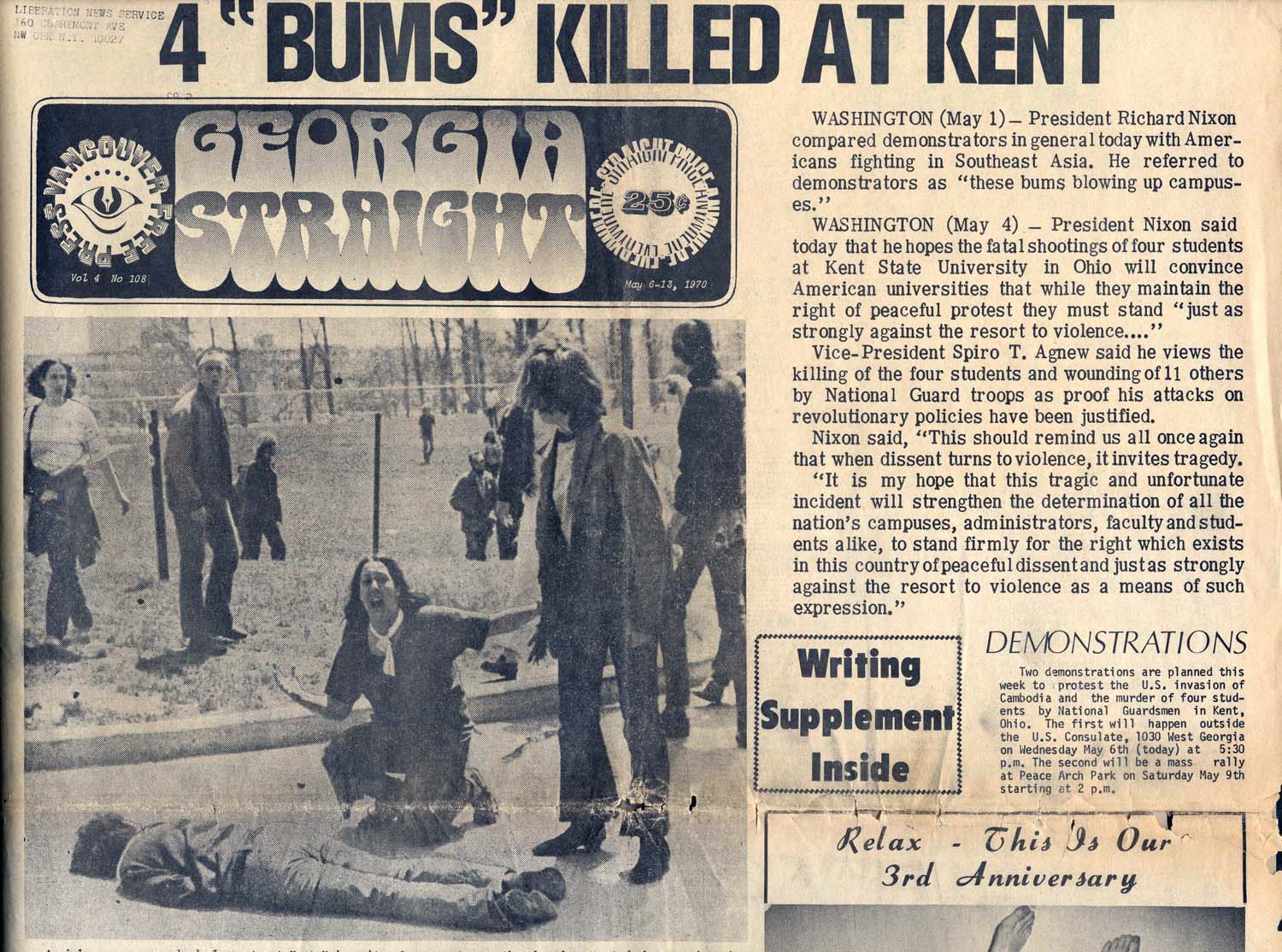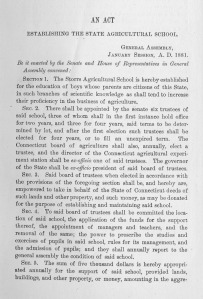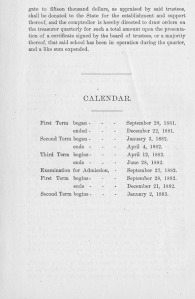
Alfred Gulley, seen in a photo from the 1917-1918 Nutmeg Yearbook, was a professor of horticulture at Connecticut Agricultural College for 23 years.
Just one month after turning 69, Alfred G. Gulley died on August 16, 1917. He had been a professor of horticulture at Connecticut Agricultural College for 23 years.
Born July 15, 1848 in Dearborn, Michigan, by the time of his passing Gulley was in charge of the campus grounds, including supervisions of ornamental plantings and devising the layout of walkways and roads throughout the campus
Writing of Gulley in his annual report to the State Legislature, CAC President Charles L. Beach said he “was loved and respected by the faculty and students alike and … his life and character were an inspiration and example to the students with whom he came in contact and his judgment and council had much influence in shaping the development of the institution during its formative period.”
Soon after Gulley’s death, the Horticultural Building in which he taught was named in his honor.
The 1917-1918 Nutmeg Yearbook is dedication to Gulley:
“As a token of our regard for him as a friend and in testimony of our admiration for him as a man and a scientist, this volume is respectfully dedicated by The Editors.”















